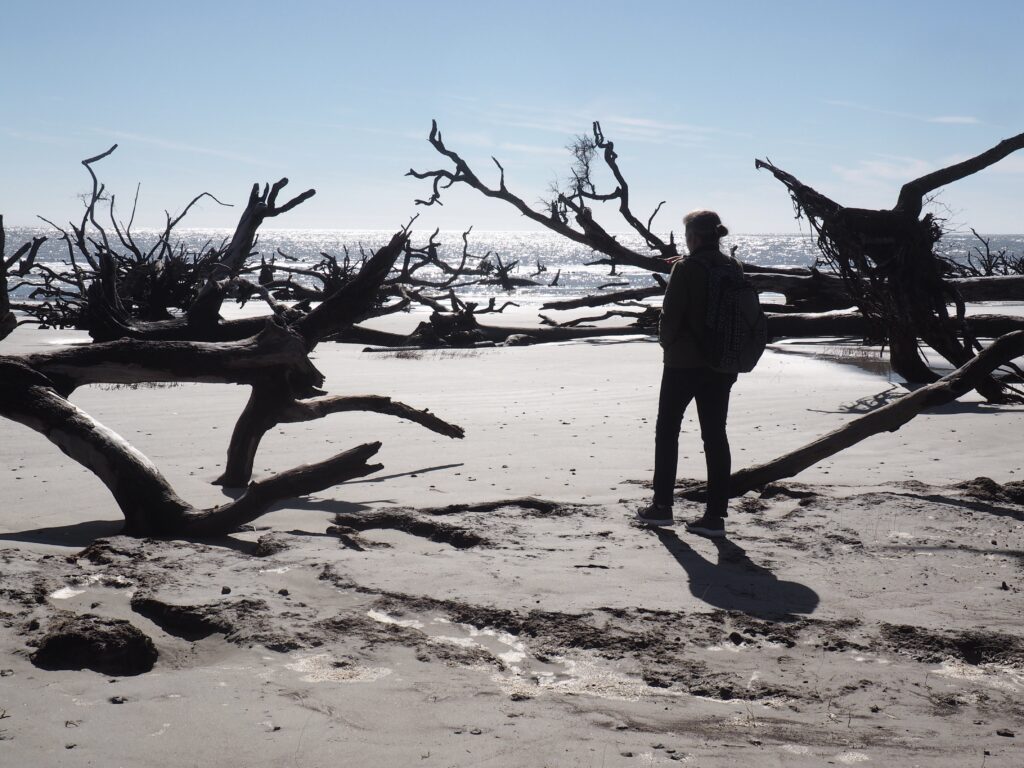
Reconstruction and the Gullah Geechee
A great mass of marshy islands hugs the coast of South Carolina and Georgia where we explored making our way between Charleston and Savannah. Here in the low country is where the Gullah Geechee live and where you’ll find the Reconstruction Era National Historical Park established by President Obama.
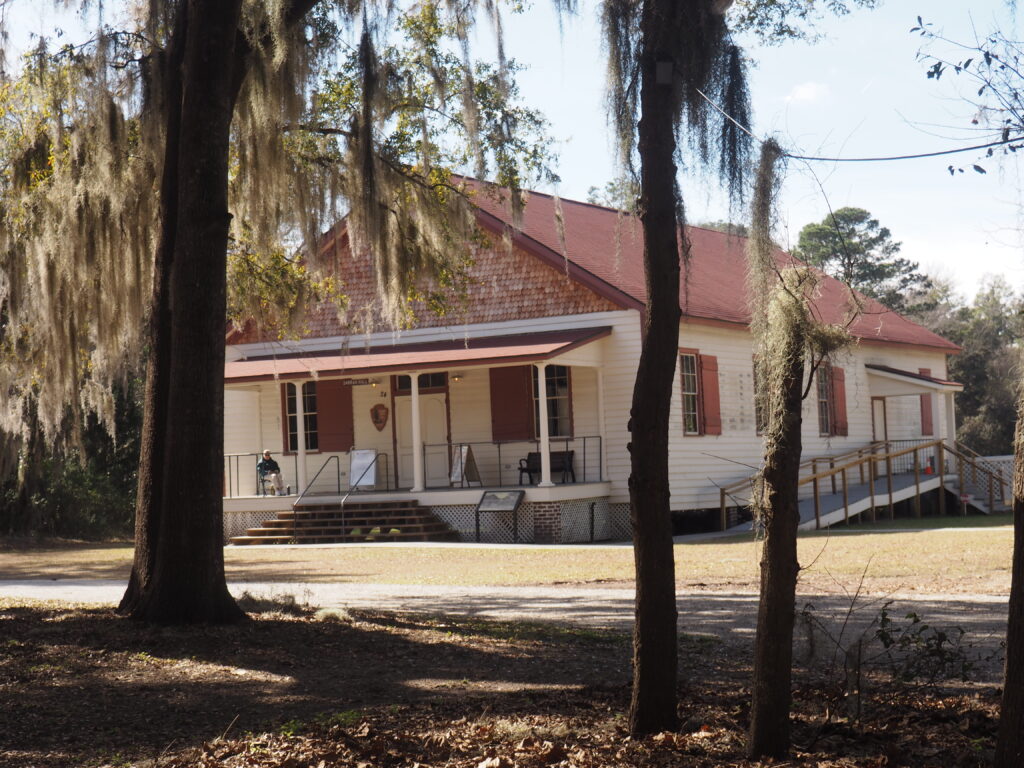

Early in the Civil War, Union forces recaptured the small coastal city of Beaufort (where much of Forrest Gump was filmed) and initiated the Port Royal Experiment nearby to gain experience in educating freed slaves to prepare for the coming transition from an economy and society based in slavery to one freed of the ownership and subjugation of humans. Education and the ownership of land were understood to be the keys to the success of future emancipation. The Penn Center was created as a school for freed slaves and founded by teachers from, among other places, Philadelphia (hence, the name). Early classes were held in the Brick Church. Even Harriet Tubman came down to help, although she apparently had some initial difficulty in understanding the dialect of the Gullah people in the area.
When the Union took the area, the white planters and other residents fled and left all of their enslaved people behind, abandoning their (other) property, providing the first opportunity for black people to purchase land in the area.
Indeed, after he took Savannah, General Sherman with the support of Lincoln issued Article 15 granting the freed people a significant swath of land along the coast (40 acres and a mule). However, upon Lincoln’s death, President Johnson rescinded this effort to create an economic foundation for the freed population.
Many years later, Dr. Martin Luther King, Jr. spent a lot of time at Penn Center strategizing with other leaders to better realize the promise of reconstruction following the long shadow of the Jim Crow era. Here is where he wrote his “I have a dream” speech.
Cypress Wetlands, Port Royal













The Sea Islands are also home to a lot of wildlife. We were stunned by the numbers of alligators and turtles who had hauled themselves out of the water to sun themselves on the day we visited Cypress Wetlands in Port Royal, after walking some of the trails on Hunting Island.

Lighthouses on the Coast (where else?)
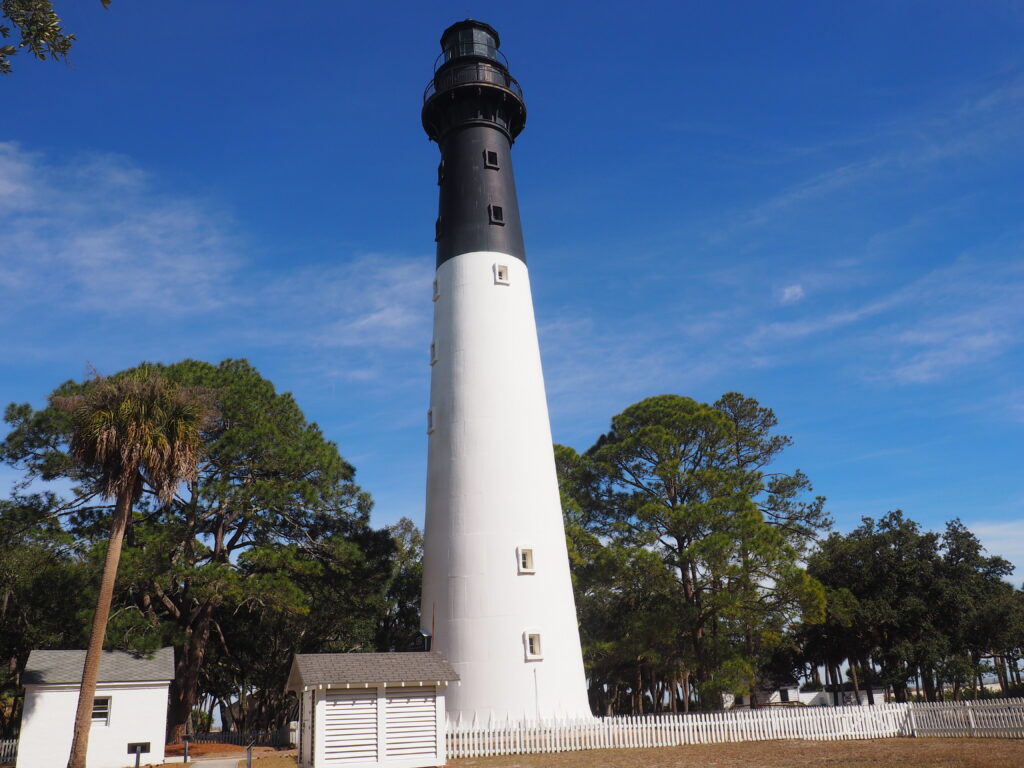
Inside Hunting Island State Park we found a picnic table for lunch and a massive lighthouse. We were also really impressed by a beautiful visitor center nestled in the woods by a small pond.



If you’re going to visit only one lighthouse in your life, this is the one we’d recommend. It’s the Tybee Island lighthouse on Tybee Island just east of Savannah, Georgia; a monster at 144’. It has a keeper’s house and two assistant keeper’s houses and all the outbuildings and explanations you’d ever want, having been through quite a number of stages in its existence. But, yes, we crossed the state line and kept going to take advantage of having a car before surrendering it for an urban adventure in Savannah.
Fort Pulaski, Cockspur Island
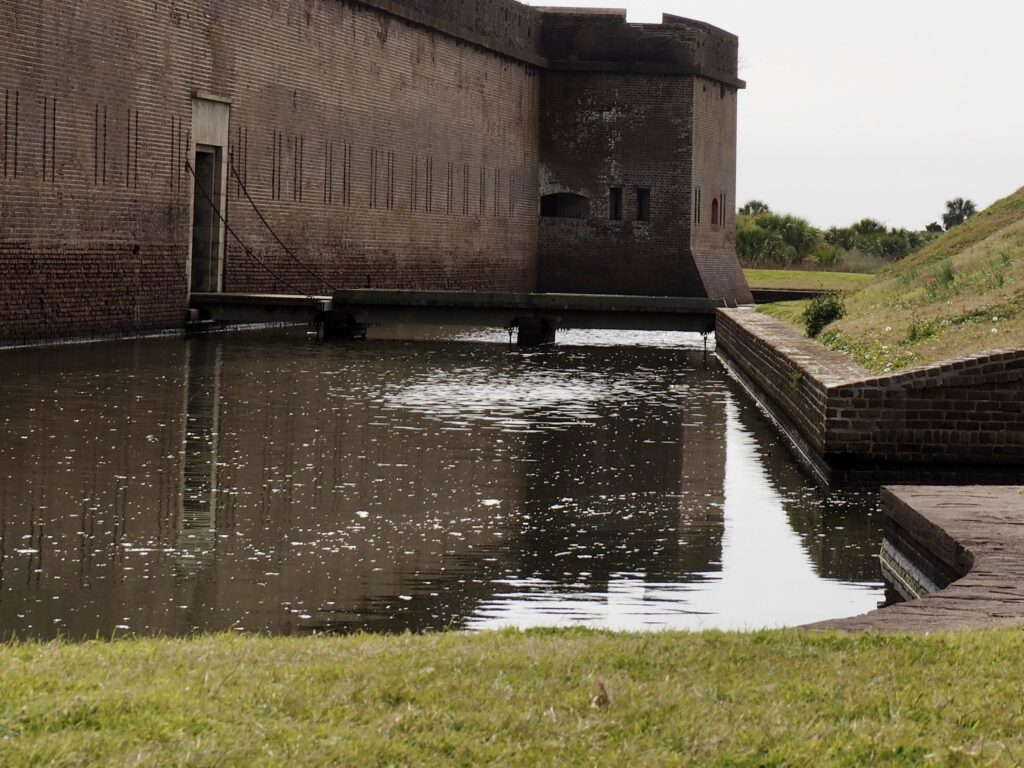
Between the War of 1812 and the Civil War, 42 masonry forts were constructed to protect the American coastline. Fort Pulaski at the mouth of the Savannah River was one of those forts, built over 18 years between 1829 and 1847.


The fort was never assaulted by foreign troops, but was taken without a fight by Georgia Militiamen and handed over to the nascent Confederacy on January 3, 1861, more than three months prior to the shots fired at Fort Sumter.
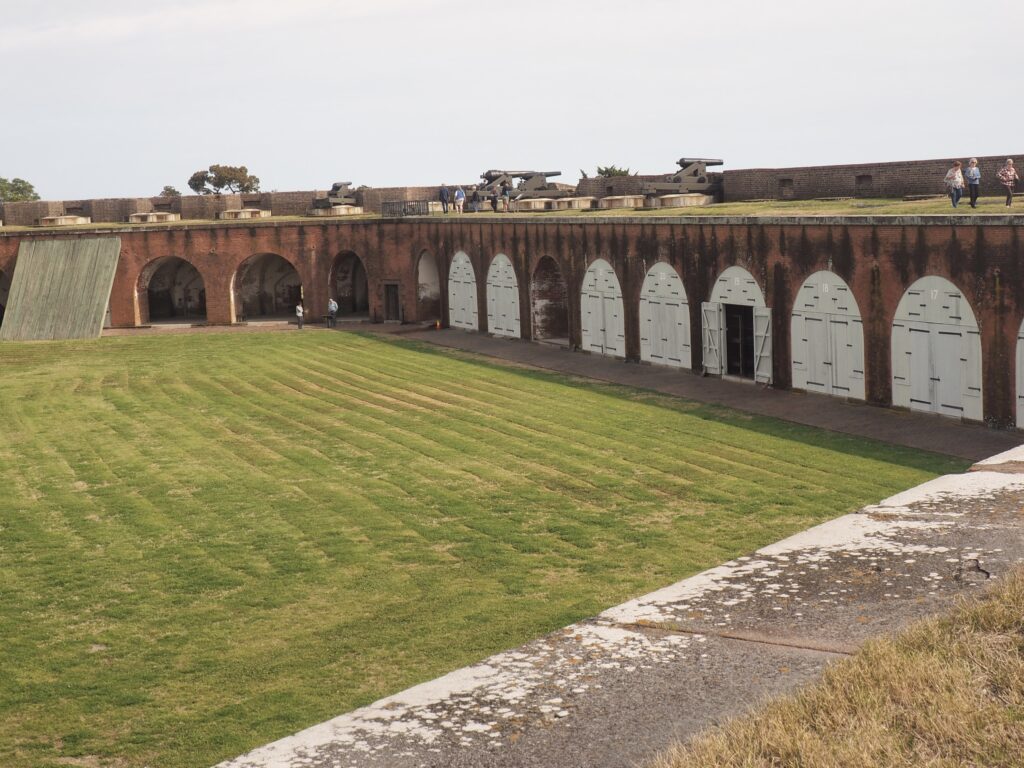





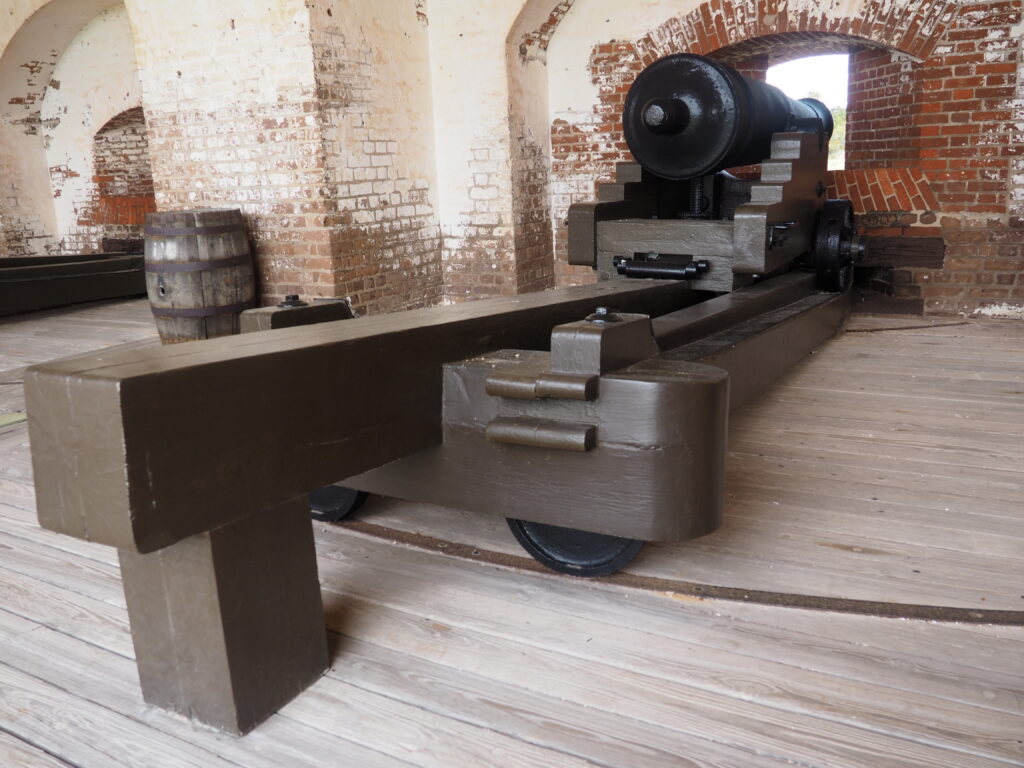
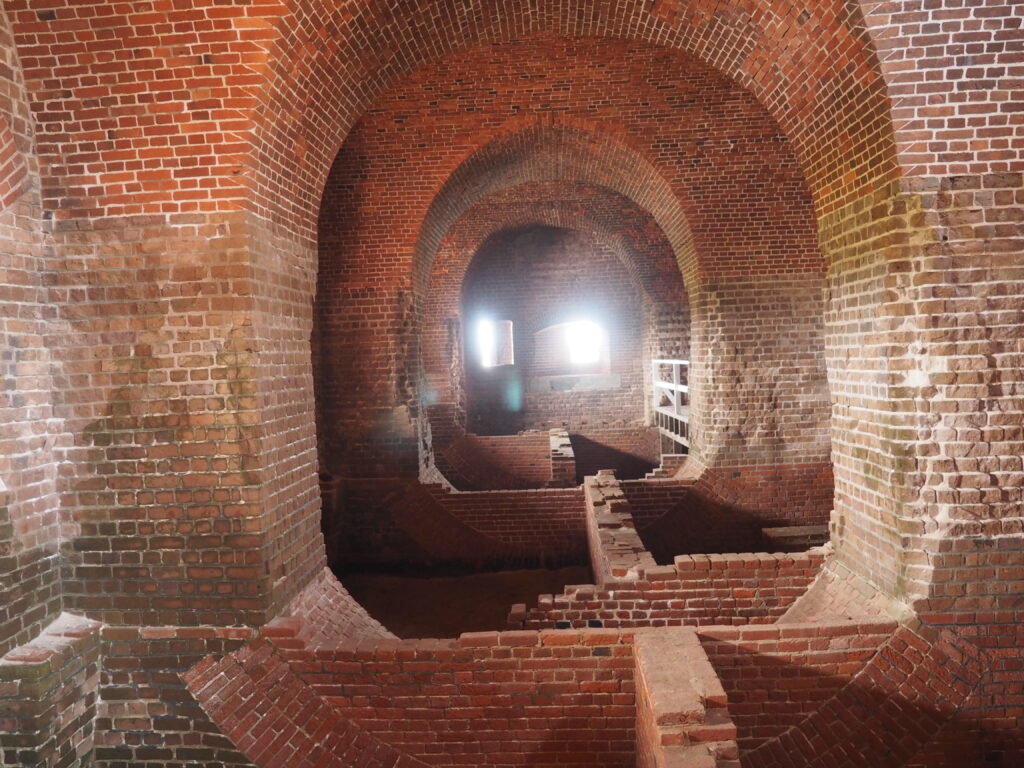
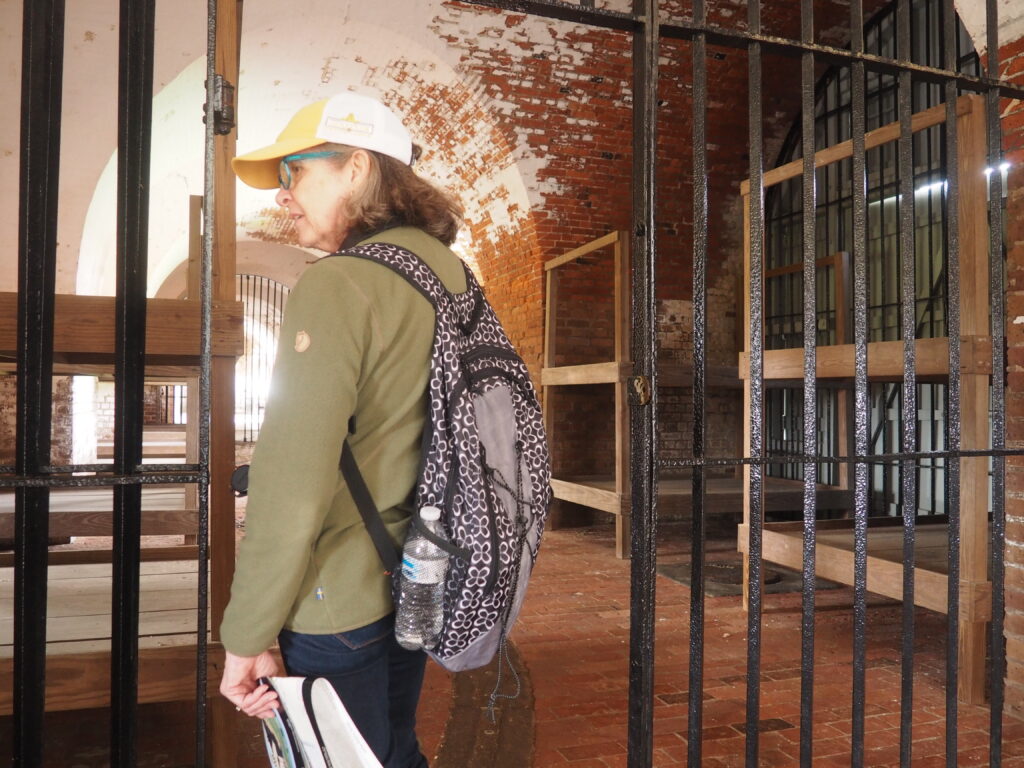

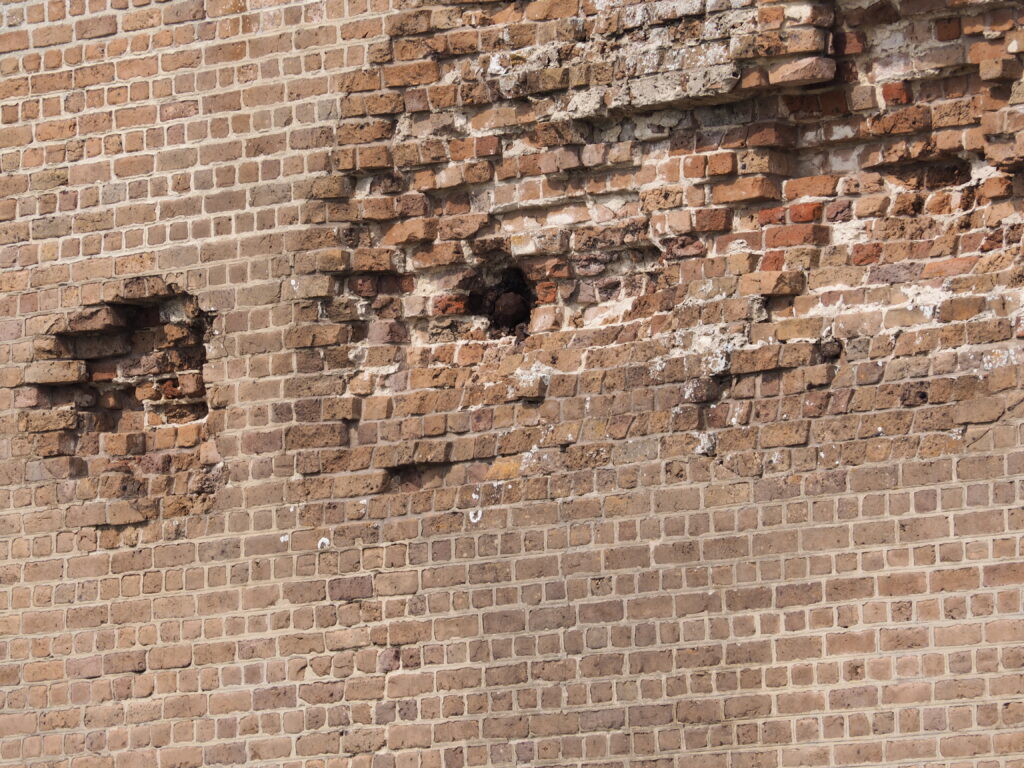
In April 1862, one year after Sumter, the Union bombarded Fort Pulaski from Tybee Island for 30 hours, demonstrating with their rifled artillery that the days of the efficacy of masonry forts were over. The Rebels surrendered the fort and the Union further strengthened its blockade of Southern ports.

